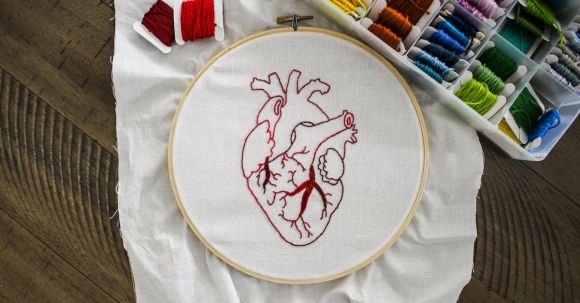In today’s fast-paced and technology-driven world, there is a growing movement towards rediscovering and preserving traditional crafts and skills. These time-honored practices, passed down through generations, hold a wealth of knowledge and cultural significance that should not be lost. From woodworking to pottery, weaving to blacksmithing, these traditional crafts offer a connection to our past and a sense of fulfillment that cannot be replicated by modern conveniences.
Preserving Cultural Heritage
One of the main reasons for the resurgence of interest in traditional crafts is the desire to preserve our cultural heritage. Many traditional crafts have been practiced for centuries and are deeply rooted in a community’s history and identity. By continuing to practice these crafts, we ensure that their techniques, materials, and stories are passed on to future generations. This preservation not only celebrates our past but also allows us to understand and appreciate the skills and creativity of our ancestors.
Nurturing Creativity and Mindfulness
Engaging in traditional crafts not only allows us to connect with our cultural heritage but also nurtures our own creativity and mindfulness. Unlike modern technology, which often encourages instant gratification and passive consumption, traditional crafts require patience, focus, and active participation. Whether it’s shaping clay on a potter’s wheel or carving intricate designs on wood, these activities demand our full attention and engage our senses. This immersive experience allows us to tap into our creativity, cultivate a sense of mindfulness, and find joy in the process of creation.
Sustainable and Ethical Practices
In a world increasingly concerned about the environmental impact of mass production and the exploitation of labor, traditional crafts offer a sustainable and ethical alternative. Many traditional crafts emphasize the use of natural and locally sourced materials, reducing the carbon footprint associated with the production and transportation of goods. Additionally, practicing traditional crafts often involves supporting local artisans and small businesses, ensuring fair wages and the preservation of traditional livelihoods. By embracing traditional crafts, we can make conscious choices that align with our values and contribute to a more sustainable and equitable future.
Building Stronger Communities
Traditional crafts have the power to bring people together and foster a sense of community. In many cultures, these crafts were traditionally practiced in communal settings, where knowledge and skills were shared amongst neighbors and friends. By reviving these practices, we not only create opportunities for social interaction but also strengthen the bonds within our communities. Traditional craft workshops, festivals, and markets provide spaces for artisans and enthusiasts to connect, exchange ideas, and celebrate their shared love for craftsmanship. These gatherings not only support local economies but also create a sense of belonging and pride in one’s cultural heritage.
Embracing the Modern World
While the resurgence of traditional crafts is often seen as a nostalgic longing for the past, it is important to acknowledge that these crafts can coexist with the modern world. Many artisans are finding innovative ways to incorporate traditional techniques into contemporary designs, bridging the gap between old and new. By blending the craftsmanship of the past with the possibilities offered by modern technology, artisans are creating unique and relevant pieces that appeal to a wider audience. This fusion of tradition and innovation not only ensures the continued relevance of traditional crafts but also serves as a testament to their enduring beauty and value.
Conclusion: A Rich Tapestry of Tradition and Innovation
In a world that often values speed and efficiency over craftsmanship and tradition, rediscovering and preserving traditional crafts and skills is a vital endeavor. These crafts offer a connection to our past, nurture our creativity, promote sustainable practices, and strengthen our communities. By embracing traditional crafts while embracing the modern world, we create a rich tapestry of tradition and innovation that celebrates our shared humanity and heritage. So let us pick up a paintbrush, a needle, or a chisel, and embark on a journey of rediscovery and creation.
